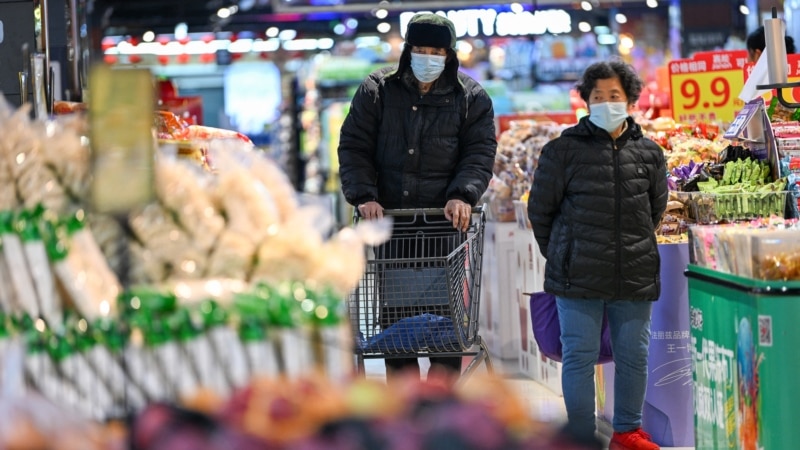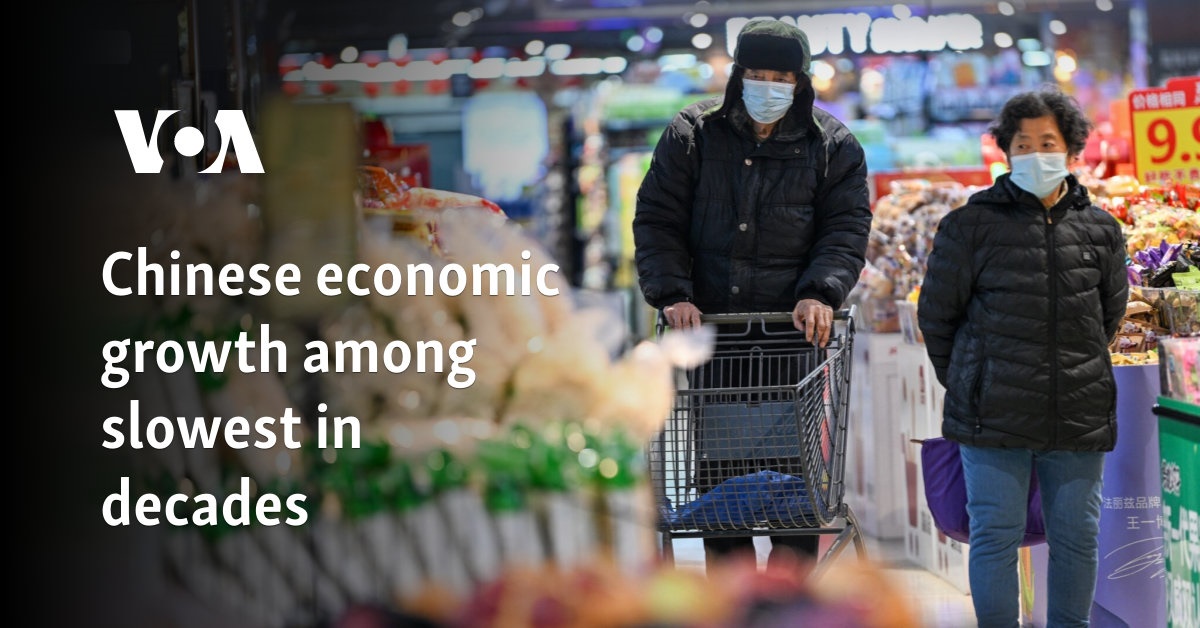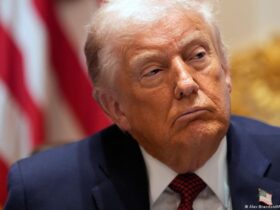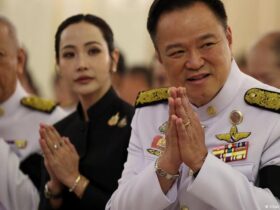
China recorded one of its slowest rates of economic growth in decades last year, data showed on Friday, as leaders jittered over a potential trade standoff with incoming US President-elect Donald Trump.
Beijing has in recent months announced its most aggressive support measures in years to revive an economy that has been suffering on multiple fronts, including a prolonged property market debt crisis and sluggish consumer spending.
But official data from Beijing’s National Bureau of Statistics (NBS) showed the economy grew 5% last year, slightly above the 4.9% forecast in an AFP survey of analysts.
Still, this figure was lower than the 5.2% recorded in 2023.
The development came despite a “complex and serious environment with increasing external pressures and internal difficulties”, the NBS said.
Officials acknowledged that the economy still faced “difficulties and challenges”.
Retail sales, a key indicator of consumer sentiment, rose 3.5% – a big drop from the 7.2% growth seen in 2023 – although industrial production rose 5.8%, up from 4.6% last year.
However, the 5.4% jump in economic growth seen over the past four months was much higher than the 5% forecast in a Bloomberg survey and much better than the same period in 2023.
Ziwei Zhang, president of Pinpoint Asset Management, said the data provides “mixed messages.”
Beijing’s recent policy changes have helped the economy stabilize (in the fourth quarter), but larger and sustained policy stimulus is needed to boost economic momentum and sustain the recovery, he said.
Xichun Huang, China economist at Capital Economics, said she expected “growth will continue to accelerate in the coming months.”
“The government’s property support measures appear to be providing some relief, with the pace of decline in house prices and new home sales showing some improvement,” he said.
trouble ahead?
Excluding the economically tumultuous years of the COVID-19 pandemic, the GDP growth rate is the lowest China has recorded since the 1990s.
And analysts polled by AFP predict growth could fall to just 4.4% in 2025, and even below 4% the following year.
China has so far failed to recover from the pandemic, with domestic spending stuck in recession and indebted local governments slowing growth.
In a rare promising development, official data earlier this week showed exports reached a historic high last year.
But storm clouds looming over the country’s huge trade surplus mean Beijing may not be able to rely on foreign shipments to boost an otherwise weak economy.
Trump, who begins his second term next week, has promised to impose heavy sanctions on China.
“We still expect overall growth to remain slow through 2025, with Trump likely to follow through on his tariff threats soon and persistent structural imbalances still weighing on the economy,” Huang said.
Beijing has introduced a number of measures to shore up the economy in recent months, including cutting key interest rates, easing local government debt and expanding subsidy programs for household goods.
Confidence ‘crisis’
Observers were closely watching Friday’s data release to see if the measures were successful in reviving activity.
“The timely implementation of the incremental policy package… effectively boosted social confidence and led to a significant recovery in the economy,” the NBS said.
China’s central bank has signaled in recent weeks that it will implement further rate cuts in 2025, part of a major shift featuring a “moderately loose” monetary policy stance.
But analysts warned that more efforts are needed to boost domestic consumption as the outlook for Chinese exports becomes more uncertain.
“Monetary policy support alone is unlikely to right the economy,” Harry Murphy Cruz of Moody’s Analytics told AFP.
He wrote, “China is suffering from a crisis of confidence, not debt; households and companies do not trust the economy enough to borrow, no matter how cheap it might be to do so.”
“To that end, fiscal support is needed to grease the wheels of the economy.”
One component of Beijing’s latest policy toolbox is a subsidy scheme – now expanded to include more household items, including rice cookers and microwave ovens – that it hopes will boost spending.
But recent data shows that government efforts have not yet achieved a full recovery in consumer activity.
Statistics officials said last week that China narrowly avoided slipping into deflation in December as prices rose at the slowest pace in nine months.
China emerged from a four-month period of deflation in February, a month after suffering the sharpest fall in prices in 14 years.
Deflation can pose a threat to the broader economy as consumers postpone purchases in anticipation of further reductions in such circumstances.






Leave a Reply